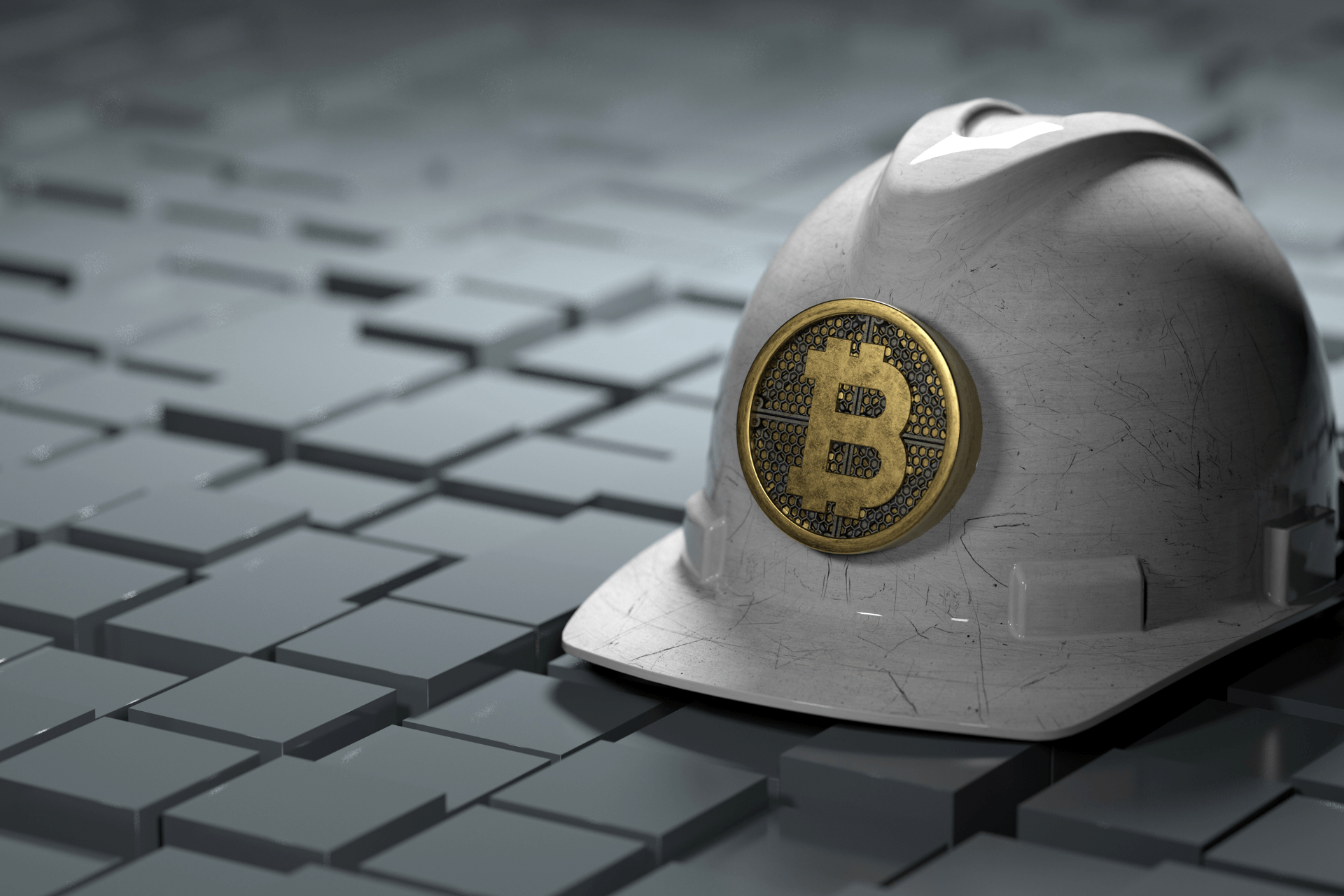This writing is a concise summary of the positive effects Bitcoin may have on the expansion of renewable energy technology and infrastructure.
Fearing the Unknown
One of the major concerns that the average citizen, congress person, and institutional investor share regarding the Bitcoin market is the vast energy concerns. At a quick glance one will notice that Bitcoin does consume a feasibly large amount of energy. In fact, the larger a mining operation is, generally the larger amount of energy it consumes. Now this concept can be concluded rather quickly, perhaps a better question is, why does Bitcoin justify energy consumption? When compared to the central banking system: central bank infrastructure, computer systems, ATMs, physical banking locations, and more consume MASSIVE amounts of energy. In fact, just our devices that we leave plugged in and idling consume more energy than the entre banking system combined, 11,000 Kilowatt hours per average household[1].
Several studies suggest that Bitcoin uses around 165,000 Terawatt hours, around half that of the central banking system (265,000) and gold mining production (240,000) [2]. Combine this with that fact that Bitcoin miners are highly incentivized to utilize green energy sources. This is because green energy runs less than half the cost of coal or other more harmful energy harvesting practices [3].With advancing technology, solar panels, wind turbines, geothermal products and more are reducing in price rapidly. Renewable energy is attractive to miners because their only essential cost is energy demand itself.

Utilizing Waste
With the knowledge above, miners are clearly incentivized to create their own energy from renewable sources. Add this to the current democratic presidency (tends to be green energy favored) and the ever-growing number of concerned younger citizens with voting rights, and you have a recipe for green energy expansion. When renewable energy is used, much of the excess energy is wasted if not immediately brought to the grid, sold to the power company. This same concept applies to non-green energy also, we waste massive amounts of energy yearly. As horrific as it sounds, Americans waste about 2/3 of the energy created yearly, equating to over 100 quadrillion btu [4]. This is due to the inefficiency of our grid, much of our energy still comes from burning fuels, the answer is to electrify everything.
Now here is the hypothesis, imagine Bitcoin or a similar network is the base layer of the power grid. Bitcoin miners, wealthy as they may be, can receive government subsidies to expand the renewable power grid. Much in the way that Tesla receives carbon credits for their green initiative, miners would receive a version of these incentivizing the reduction of the carbon footprint. Bitcoin would consume the energy it needs, getting more and more efficient with new technologies. The excess energy could then be used to power the grid as we know it.
Future of Bitcoin
America currently wastes so much energy, this Bitcoin base layer is plausible as Bitcoin will only consume less and less energy as the computer systems and hardware become more advanced. Since the government cannot afford to expand the renewable sources as quickly as it would like, it could ride the Bitcoin mass adoption wave, allowing the miners and network participants to invest in the ecosystem. The ecosystem would grow into part Bitcoin, part energy grid, pathing the way for the future. Investing in Bitcoin would become an investment in the future of caring for the planet and future generations. 76% of older Millennials believe that global warming poses a serious threat to our society [5].
A growing number of the American population is interested in investing in “socially responsible” companies that are planet conscious. As the investing population of America consists of more and more millennials, and their children, this could catapult the hypothesis into fruition. The largest barrier to the expansion of renewable energy is in its infrastructure. Renewables must compete with the wealthier, and dominantly established old energy sources. Renewable infrastructure struggles with the initial upfront cost, once this cost is accounted for, renewable sources are essentially free[6]. Institutions may view this initial cost as a risky investment, steering their resources clear of the green initiative. However, bringing Bitcoin to the table, it is the perfect institutional investment to jumpstart the lacking infrastructure, and bring America along with other countries forward as carbon footprint leaders.
















